If you knew there was one simple, low-cost change that could attract more visitors, increase income, and improve accessibility for autistic people — would you do it?
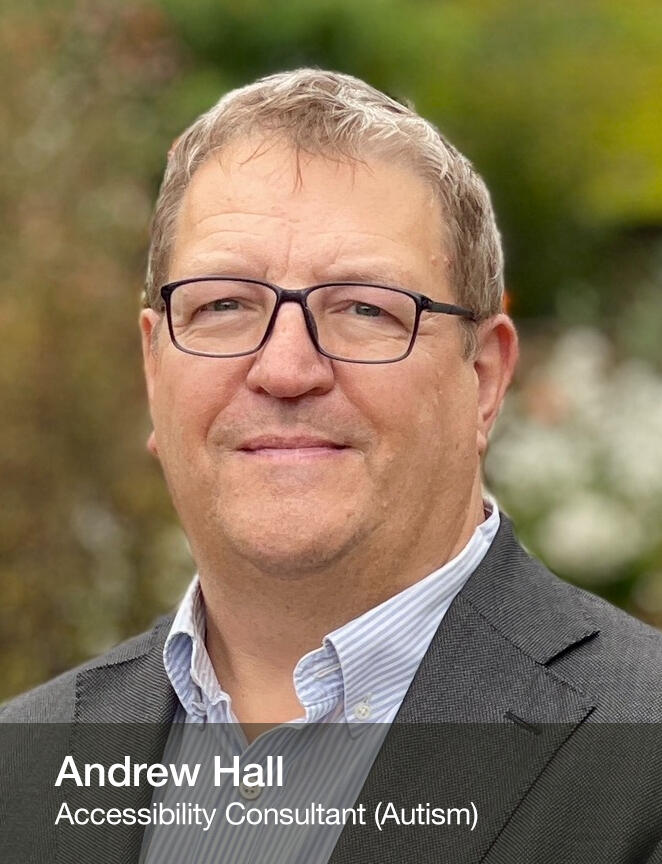
Confidence-building guides for autistic visitors
Quiet Guides
I’m Andrew Hall, a former special school headteacher. At the age of 52, I was diagnosed with autism. It wasn’t a surprise to me, I’ve lived with it my whole life!There are over 700,000 autistic children and adults in the UK. And just like you, many enjoy visiting interesting places, heritage sites, historic houses, museums.While support for children may be anticipated, adults with hidden disabilities are frequently forgotten, even though they may still need help, reassurance, or adjustments when visiting unfamiliar places like heritage sites or museums.So, if you knew there was one simple thing you could do to improve the experience of autistic visitors, would you do it?Of course you would.The solution is a visual story.Yet most heritage venues don't have one. According to a national audit by VocalEyes, 78% of UK venues are still not offering visual stories, even though they take only a few hours to create and can benefit hundreds of visitors every year. Do you?A visual story is a simple, photo-based walkthrough of your venue, showing what to expect and helping visitors prepare in advance. It makes the unfamiliar feel predictable. It makes the anxious feel reassured. It helps autistic visitors (and many others) visit more comfortably, confidently, and safely.And if autistic visitors feel comfortable and safe in your venue, they’ll return time after time after time.All you need is a smartphone, a PowerPoint template and a commitment to help.Once the visual guide is complete it can be uploaded to your website's accessibility page, so people can easily find it.
REASSURING SUPPORT
What is a Quiet Guide?
Quiet Guides are visual visit tools that help people prepare for unfamiliar places. They include step‑by‑step photographs, concise text and, sometimes, sensory maps. They are especially useful for autistic visitors, people with anxiety, and anyone who finds busy environments overwhelming.
INCLUSIVE
Why This Matters
When visitors feel prepared, they feel welcomedVisual guides and sensory maps are more than “nice to have”—they reduce anxiety, improve access, and show that your venue takes inclusion seriously.They also help you meet your legal responsibilities under the Equality Act 2010 by making “reasonable adjustments” for disabled visitors.Access builds trust — and trust drives visitsA 2024 survey* amongst visitors with disabilities found that 92% of were more likely to visit a venue with detailed online access information, while 41% actively avoid places that don’t provide it.A Quiet Guide gives your venue that visibility, with photos, practical details, and sensory insights to help every visitor feel confident before they arrive.
*Euan’s Guide Access Survey 2024
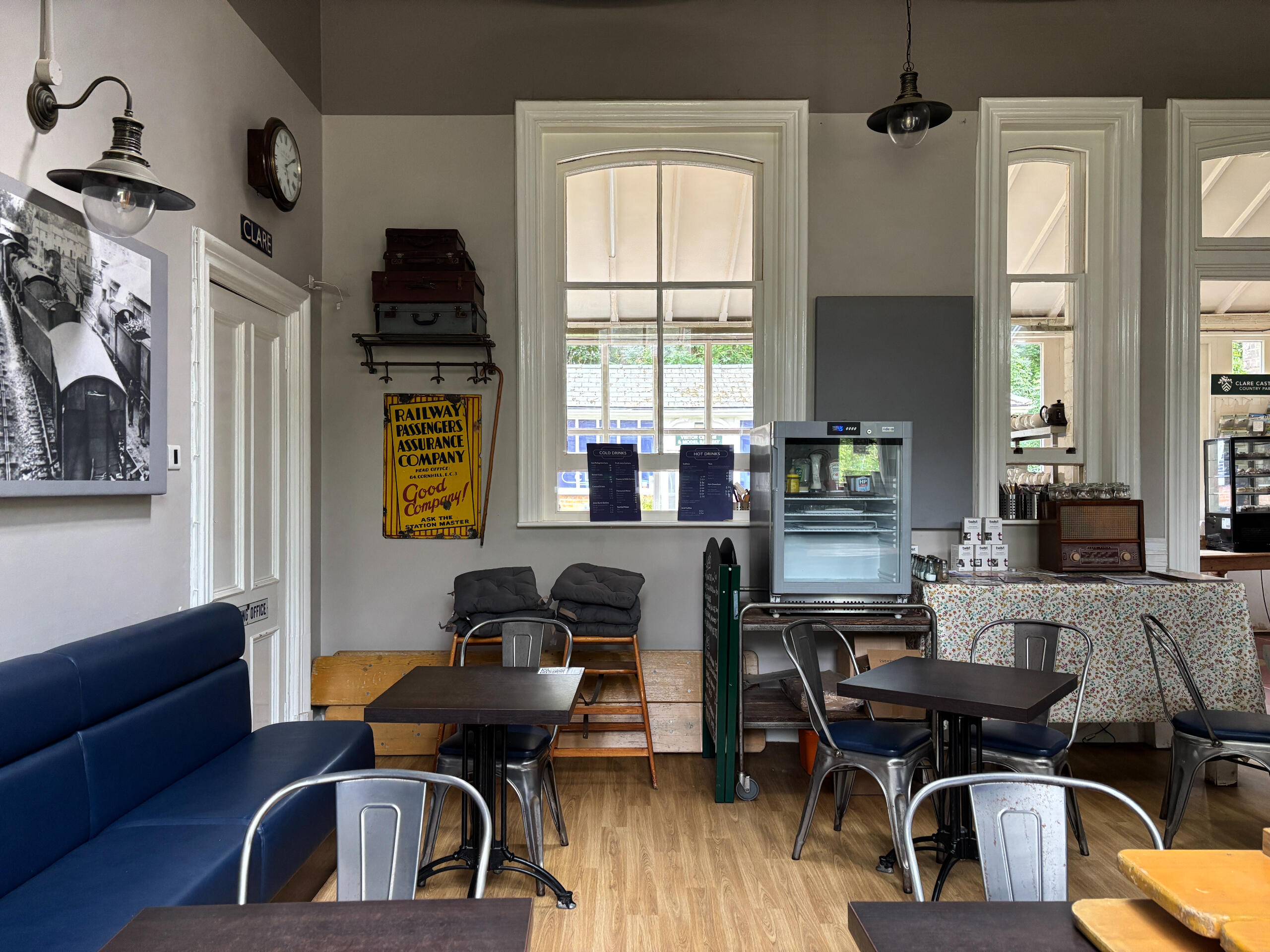
PURPOSE
Who This Helps
Easily accessible Visual Guides help a wide-range of visitors including:• Autistic visitors and their families
• Visitors with anxiety or PTSD
• Visitors with sensory processing differences
• Older visitors with hearing or vision changes
• Teachers planning school visits
• Visitors wanting detailed pre-visit informationWhy Visual Guides Help So Many People
Not everyone who benefits from visual guides has a formal diagnosis. Many adults recognise what helps them feel prepared — even if they don’t use a label for it. A clear, calm guide can reduce anxiety, boost confidence, and make it easier to enjoy somewhere new. Quiet Guides are for anyone who prefers to know what to expect before they visit.
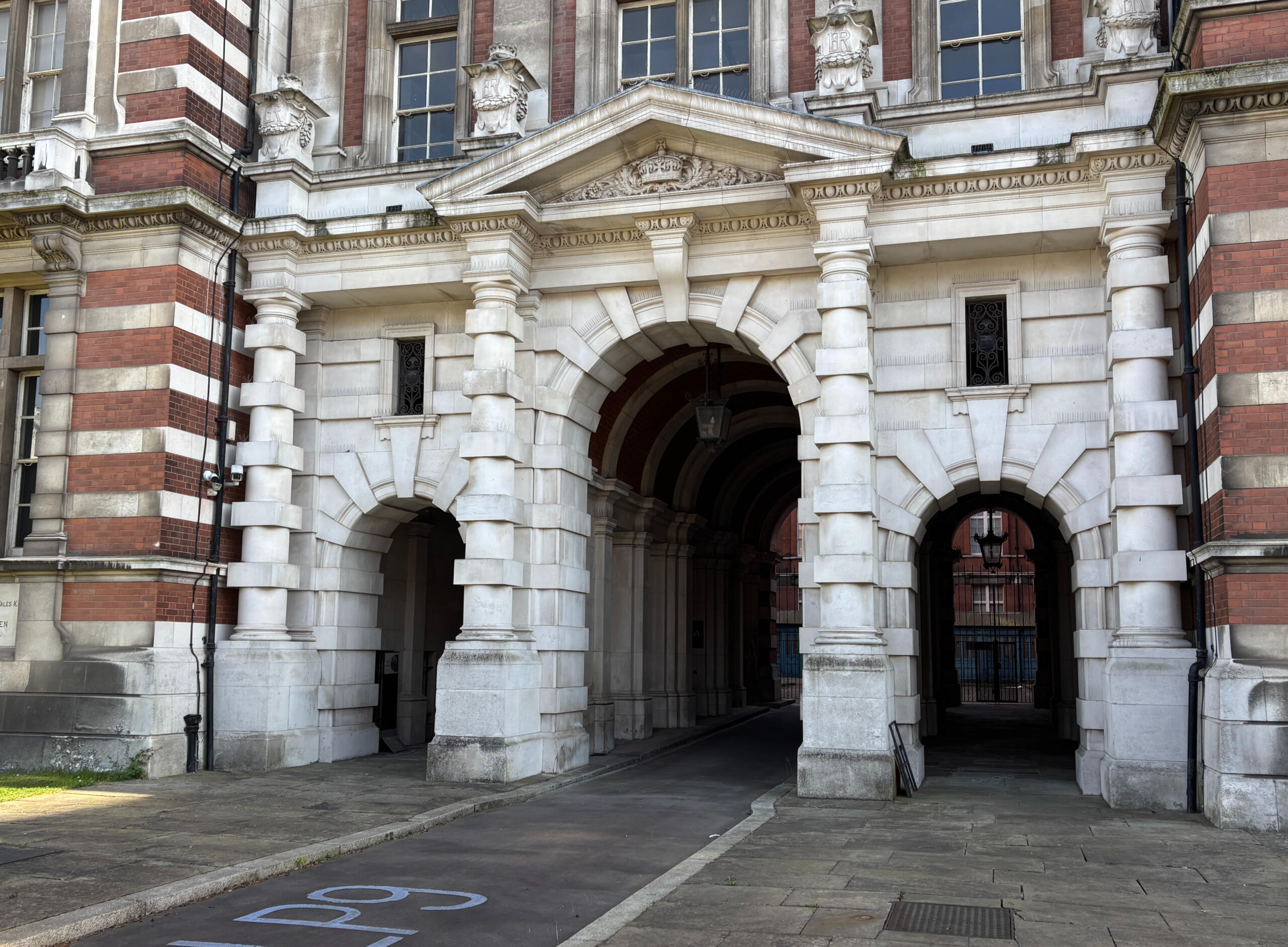
CHALLENGES
Common Concerns and Simple Solutions
“We don’t have the time.”
A basic visual story takes a few hours to create and helps hundreds of visitors for months even years to come.“We don’t know what to include.”
Follow my step-by-step guide, or ask me to visit and I’ll walk you through the whole process or even do it for you."We don't have the equipment to do it?
All you need is a smartphone and a PowerPoint or Word document.“We’re worried we’ll get it wrong.”
A visual story doesn’t have to be perfect, it just needs to be honest. Real photos, real spaces, real help.“We’ve never thought about it before.”
That’s okay, the biggest solution is simply deciding to do it. Once you’ve made that commitment, everything else can follow.
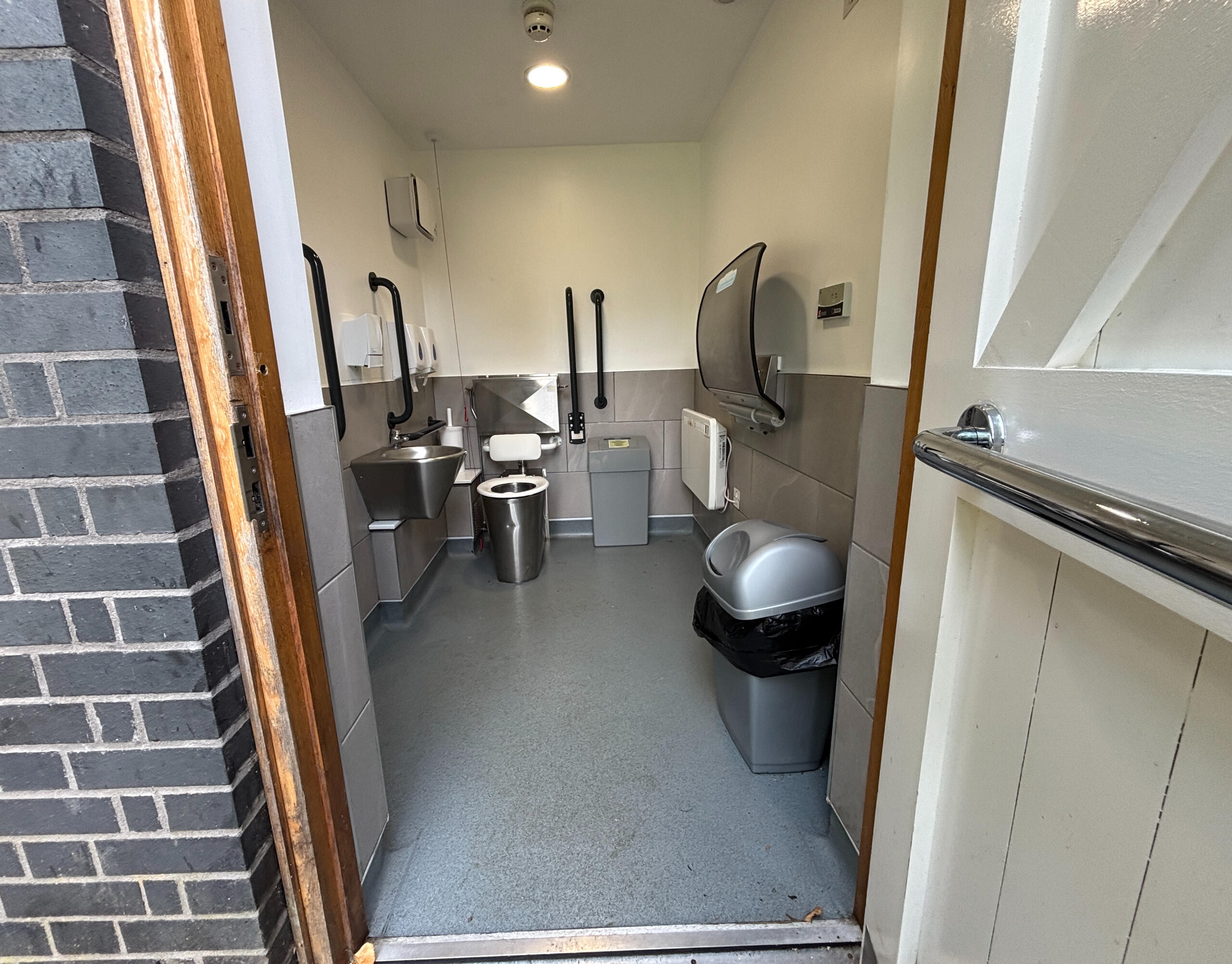
POWERFUL NEXT STEPS
Is this all we need to do to help autistic visitors?
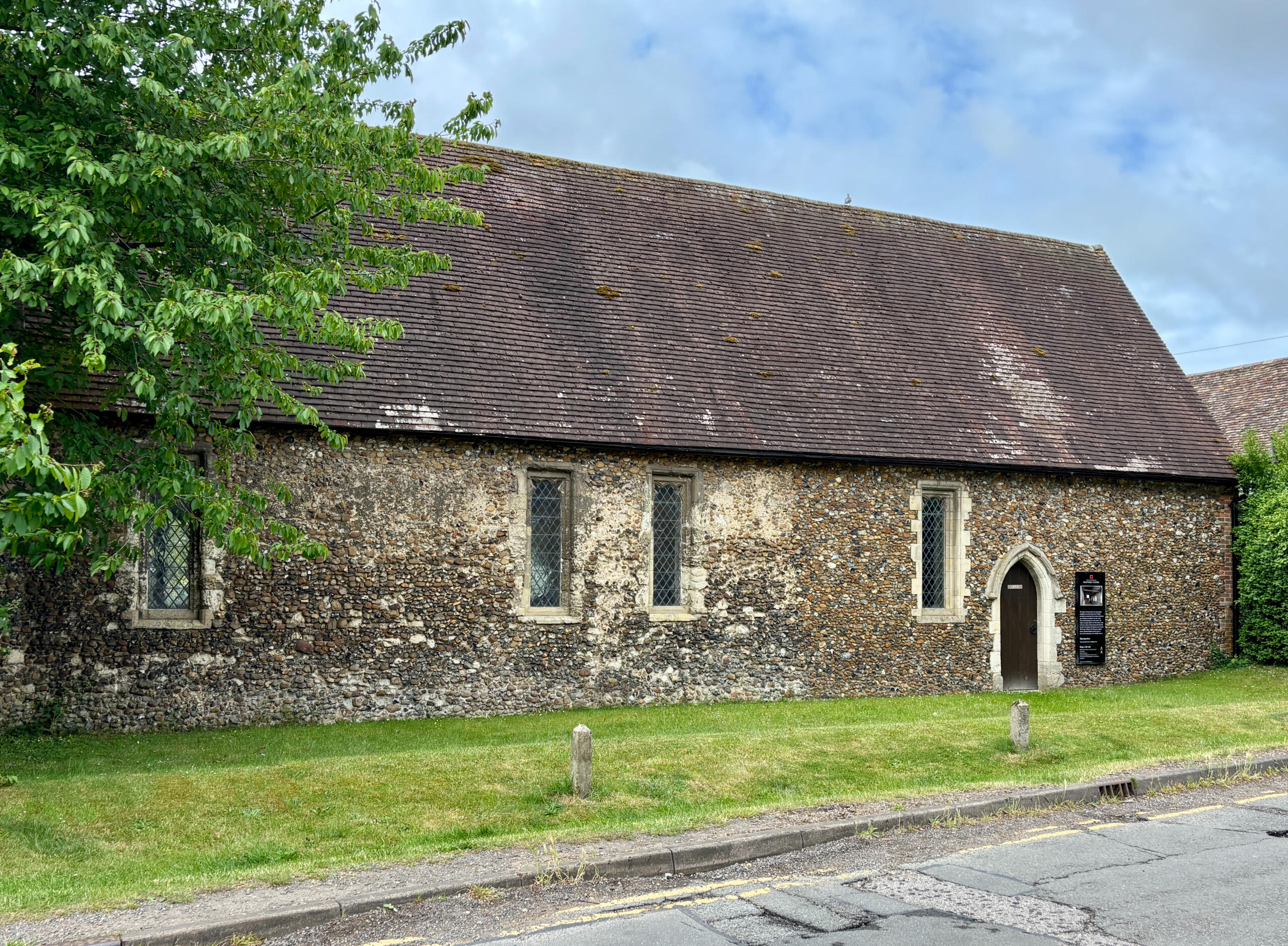
A visual story is one of the most powerful things you can do and one of the simplest. But it’s not the only step.Other things that make a real difference include:• Clear signage and quiet spaces
• Consistent staff awareness
• Sensory information available in advance
• Welcoming, predictable entry experiences
• A clear commitment to inclusive design
• Sensory bags for loanIf you’d like help reviewing what you already offer, identifying barriers, or training your team I can support you.I offer practical, affordable consultancy tailored to small heritage venues.You don’t need a big budget — just a willingness to make things better.You could also connect with a local special school or autism support group many are happy to help review your visual story or give feedback. That kind of partnership builds trust, improves accuracy, and strengthens your local community ties.And this kind of inclusion makes good financial sense. When autistic visitors feel safe and welcome, they stay longer, return more often, and bring others with them. That means increased footfall, word-of-mouth recommendations, and greater visitor spend over time.
SCHOOLS
Custom Guides for School Visits
Planning a school trip to a museum, gallery, or historic site? I can create a custom Quiet Guide to help your students feel prepared, especially those with autism, anxiety, or sensory processing needs.Beyond the Classroom: Educational Visits for Autistic PupilsWe asked almost 500 schools about their experiences taking autistic children of all ages out-of- school. The survey showed that although schools navigate complex challenges dominated by sensory issues, it revealed that barriers are predominantly social and attitudinal rather than physical, with public understanding, venue staff awareness,and societal acceptance being critical factors that could determine a successful visit.Effective inclusion relies on comprehensive approaches combining 1:1 support, sensory accommodations and visual preparation.Download the report here: Beyond the Classroom: Educational Visits for Autistic PupilsDownload the guidance document: Safer visits for autistic children
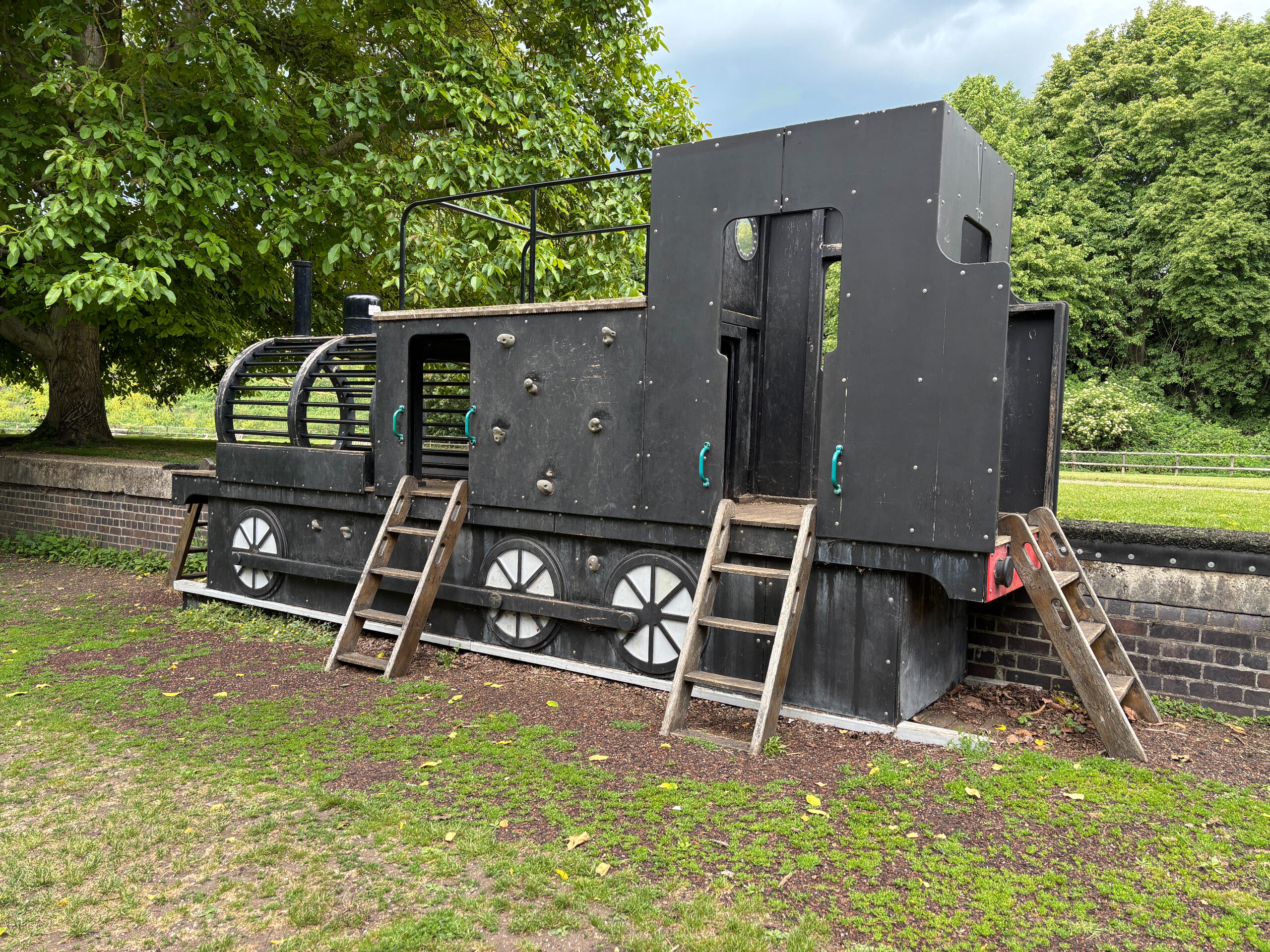
Quiet guides are ideal for autistic children and young people, and can make the difference between them being comfortable with the visit or missing out.
OTHER WAYS I CAN HELP
Beyond the Visual Story Guide
Sensory Map Creation
A detailed site assessment to highlight sensory challenges and calming spaces across your venue — covering sound, light, crowding, smells, and textures.Includes
• On-site audit
• Visitor-friendly sensory map
• Simple traffic-light coding
• Staff guidance notes for interpretationAutism-Aware Front-of-House Training
A practical, hands-on training session for your staff and volunteers, helping them feel confident and prepared to support autistic or anxious visitors.Topics may include:
• Communication without overwhelm
• Sensory-aware service
• What to say (and not say)
• Responding calmly if a visitor is distressed
• Using visual stories and sensory maps with the publicInclusive Welcome Review
A full walkthrough of your visitor journey — from signage and parking to toilets and gift shop — through the lens of an autistic or anxious visitor.You’ll receive:
• A written feedback report
• Quick wins and longer-term opportunities
• Simple changes with big impact
• Optional follow-up and check-inInterested in any of these?
Get in touch for a friendly chat about your venue, your ideas, and how I can help.
CONTACT ME
How to get in touch!
Together, we can make sure your space feels good for more people to enjoy.
Autism is legally recognised as a disability under UK law. We follow the social model of disability, where barriers in the environment, not the individual, are the main cause of exclusion. Our work helps make heritage spaces more welcoming for autistic visitors.
© 2025 Quiet GuidesQuiet Guides is a trading name of Success In Schools Ltd.Success In Schools Ltd.
Future Business Centre, Guildhall, Market Square
Cambridge CB2 3QJ
